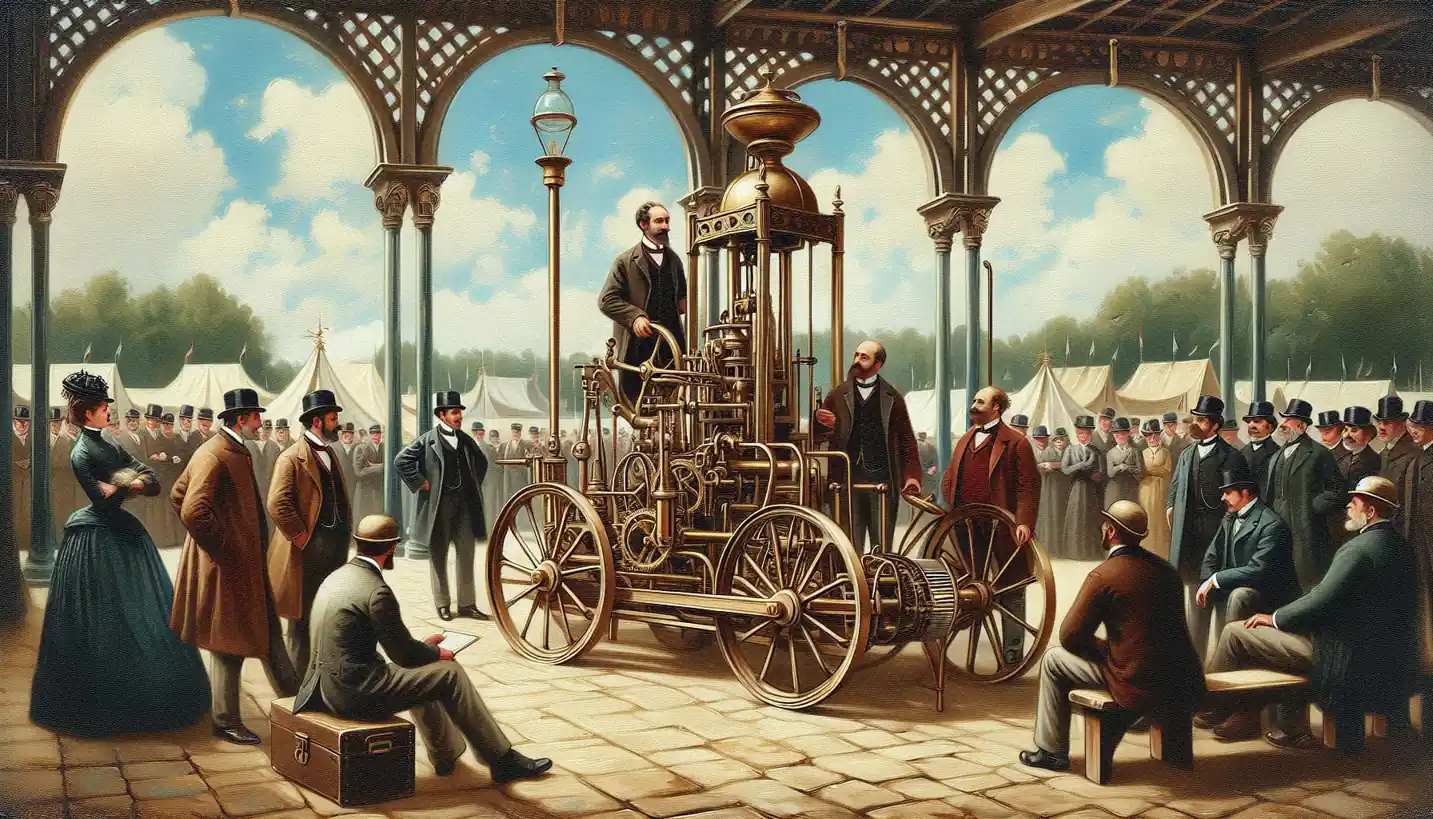· History · 5 min read
Filibuster: A Journey through Political Drama and History
Filibusters have been both a political strategy and drama in legislative history. Discover how they influenced key decisions and outcomes.

Politicians sometimes take center stage, holding the floor for hours to delay or block legislation, a practice known as the filibuster. This political tool has become a symbol of intense debate and drama in legislative bodies.
The filibuster, most famously used in the United States Senate, allows a senator to speak for as long as they like on any topic. The goal? To prevent a vote from taking place. Imagine a long chess game, where one player delays their next move to strategize more effectively, or perhaps to tire out the opponent. That’s the essence of a filibuster—a delaying tactic in the political chess game.
The Birth of the Filibuster
The filibuster wasn’t always part of American politics. Its roots trace back to the early 19th century. Originally, the Senate had a rule, known as the “previous question motion,” which allowed the majority to end a debate. However, in 1806, Vice President Aaron Burr argued that this rule was unnecessary, and it was removed. This change accidentally opened the door for endless debate—thus birthing the filibuster.
It didn’t catch on right away. In fact, it took nearly 30 years for the first recognized filibuster to occur. Imagine inviting someone to a party who doesn’t leave when everyone else does, simply because you never told them they had to go. That’s what happened when the Senate had no formal rule limiting debate.
Famous Filibusters in History
Throughout history, some filibusters have grabbed headlines. One of the most famous filibusters took place in 1957 when Senator Strom Thurmond spoke for over 24 hours against the Civil Rights Act. It was a record-setting marathon speech, although ultimately, the Act passed.
In a different decade, in 2013, Senator Rand Paul held the floor for nearly 13 hours to discuss the U.S. drone program. His prolonged speech was focused and driven, showcasing how filibusters can be used to spotlight specific issues.
These moments in time illustrate how a single determined voice can temporarily steer the course of national policy discussions.
The Filibuster’s Evolution and Impact
Over the years, the rules around filibusters have evolved. The introduction of cloture in 1917 allowed the Senate to end a debate with a two-thirds majority vote, later amended to three-fifths, which is 60 out of 100 senators. It’s like setting a timer on that endless party, requiring more people to agree that it’s time to wrap things up.
The filibuster can serve two purposes. On one hand, it acts as a tool for the minority, allowing them to make their voices heard and requiring a larger consensus for a bill to pass. On the other hand, it can stall important legislation and lead to gridlock.
Real-World Example: Civil Rights Legislation
Civil rights legislation faced numerous filibusters. Yet, ironically, these delays sometimes garnered more attention for the cause. The drawn-out debates helped highlight the urgency and importance of civil rights, ultimately leading to key legislative changes in the 1960s.
The filibuster was used as a shield and a spotlight—blocking the path yet illuminating the issues at hand, forcing the country to confront its values and priorities.
Filibuster’s Future: Debate and Change
The future of the filibuster is a topic of hot debate. Some argue it’s essential for protecting minority opinions, preventing hasty decisions by the majority, and ensuring diverse viewpoints are considered.
Others claim it’s an outdated obstruction to decision-making, potentially paralyzing governance. Calls to reform or eliminate it are growing louder, with proponents arguing for a return to more direct legislative action and a less polarized political landscape.
Possible Reforms
Possible reforms range from eliminating it entirely to modifying the rules. For instance, some suggest making it a “talking filibuster,” where senators must actively speak on the floor rather than merely threaten to do so. This would make filibusters more visible and potentially reduce their use as a routine obstacle.
The Global Perspective
It’s not just the U.S. where floor speeches play a role in politics. Around the world, similar tactics exist, though the rules and impacts vary. In the United Kingdom’s parliament, for example, debate is more structured, and time limits are stricter. Yet the essence of prolonged debate to challenge legislation resonates universally.
Understanding how different countries handle legislative debate can provide insights into how democratic processes adapt to unique cultural and historical contexts.
Why Filibusters Matter
At its core, the filibuster embodies the tension between swift decision-making and deliberate discussion. In an era where complex societal problems require nuanced solutions, the balance between these forces is crucial.
Filibusters remind us that democracy is not just about majority rule; it’s also about hearing and considering diverse voices, even when those voices seem merely to delay the inevitable.
Whether the filibuster remains a staple of political strategy or evolves into something new, its role in shaping policy and politics cannot be ignored. It’s a testament to the intricate dance of democracy—the push and pull of progress and tradition, action and discourse.
In conclusion, the filibuster is more than just a political tool; it’s a lens through which we can view the broader workings of democratic society. As its story unfolds, we gain insights into the ever-evolving tapestry of governance and the enduring quest for fairness and representation in the political arena.


